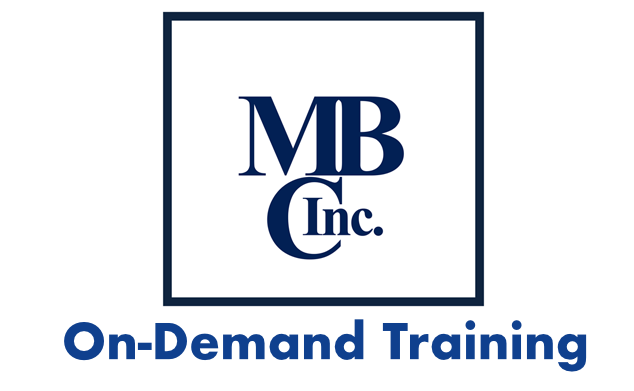July 3, 2012
MBC, Inc. – Tips –Volume 1 – Tip 7
Bi-Monthly Informational Guide
MBC, Inc. Quality Tips
Process Failure Mode Effects Analysis (PFMEA)
The Use of “Recommended Corrective Action & Action Taken”
In this edition I would like to breakdown the Process FMEA into three Phases as defined in later paragraphs. Each phase has specific needs, when properly approached are capable of bringing great advantage to the using organization. As you read on you will find that the involvement of Top Management is vital to success. That is not to imply that the resources assigned to complete the Process FMEA activity aren’t capable or that they lack the ability to make improvement. The reason for the involvement of Top Management is the approval process for many of the changes that are needed to reach the level of improvement and cost reduction the organization seeks. Without this involvement of Top Management these approvals are often difficult to obtain and sometimes impossible.
When you think about the involvement of Top Management in any activity related to business consider the questions that are often asked of Top Management. How many times have you heard a question posed to Top Management such as; “are you committed to Quality”? Can you think of an answer that is anything but “Yes”? There isn’t any other answer to this question. My position is; this is not the wrong answer, this is the wrong question.
The question posed to Top Management should be; “Are you involved in quality”? Consider these two levels.
- You can be committed to quality and not be involved in the quality process.
- You CANNOT be involved in the quality process and not be committed to the quality processes.
How Does Process FMEA Work as a Process?
Process FMEA Analysis, Improvement & Implementation Phases
Phase One; This is the analysis phase in which the manufacturing or service organization takes a comprehensive look at the risk associated with each task involved in the manufacture of their product or the providing of their service. Analysis is up to and including the calculation of the RPN value. When the Process FMEA is complete to this step the manufacturing or service process has been thoroughly analyzed by the appropriate engineering and operations personnel.
Phase Two; This is the action phase in which the organization decides which items or activities have an RPN value that represents an excessive risk to the organization or the organization’s customers. In this phase management needs to make definitive assignments for problem solving that will result in the reduction of the identified high RPN values. In this activity management needs to be fully engaged in the assignment, oversight, review and approval of the actions proposed and taken by the resources. It is often necessary for management to understand not only the risk but the associated financial cost to the organization brought about by these risks. Then management is able to make the proper capital appropriations to alleviate or reduce the risk.
Phase Three; This is the implementation phase in which the proposals from the action phase are selected and implemented. With the involvement of management in the process FMEA activity they will understand the options available for the elimination or reduction of the identified risk. Often when resources, usually engineering resources, identify multiple approaches to the reduction of the RPN value, the selection process is often complex and needs management oversight to select the most cost effective proposal for implementation. In this step a method to ‘weed-out’ the in-effective or high-cost fixes needs to be utilized. Something in the nature of Pugh Analysis or various criteria-selection-tools is often needed to get an unbiased analysis of the best or most efficient proposal.
Process FMEA is a powerful tool for increased efficiency and reducing cost, improving customer satisfaction and creating a path to risk management through knowledge. Every organization should carefully consider how they approach manufacturing or service risk and find a way to utilize “risk-analysis” i.e. process FMEA, as a method to understand and manage the needed improvements.
This brings this brief 7 step description of Process FMEA to a close. I sincerely hope some have benefitted from this discussion. If you have specific questions or would like to see a particular issue discussed in this forum. Please e-mail me at the address below and I will answer your questions or provide an appropriate article for everyone’s review.
The newsletter series on “Leadership Skills” continues 7/10/12. On 7/17/12 I will begin a Quality Tip discussion on “Internal Audit”. I plan to address questions around the use of the tools of internal audit, such as; audit checksheets, audit preparation i.e. document review, development of questions, development and the following of ‘audit-trails’, etc.
I will also be addressing the steps to make internal audit a value-added activity for your organization.
- How can you obtain real improvement to the financial bottom line?
- How can you obtain real improvement to customer satisfactions?
If you have specific issues or questions you would like to see addressed around the internal audit process please e-mail them to the address below.
_____________________________________________________________________________
For additional information about how the FMEA Process translates the risk analysis to effective and efficient Process Control Plan activity you may contact the President of MBC, Inc. at anytime; Phone 931.637.1446, or E-mail – Bmartin@MBCIncorp.com
Thank You
Bill Martin – President
MBC, Inc.
931.637.1446

